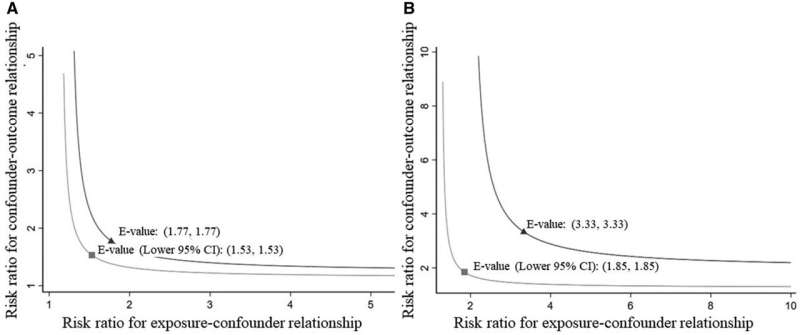Bone loss medicines linked to lower ovarian cancer rates

Medicines used to prevent bone loss may help lower the risk of ovarian cancer according to research by The University of Queensland.
UQ researchers compared medications taken by more than 50,000 women aged over 50, using de-identified medical records from 2004–2013, to analyze differences in those with ovarian cancer and without.
UQ School of Public Health Ph.D. Candidate Karen Tuesley said women who used nitrogen-based bisphosphonates were found to be less likely to develop ovarian cancer.
"The findings varied between ovarian cancer subtypes and included a 50% lower risk for endometrioid cancers and 16% for serous ovarian cancers," Ms. Tuesley said.
"We don't yet know why these medicines may lower the risk of ovarian cancer in women, but previous studies have shown that nitrogen-based bisphosphonates can stop the disease spreading in laboratory grown cells.
"Ovarian cancer is the eighth most common cancer in Australian women with fewer than 50% of patients alive five years after diagnosis."
In 2021, there were 1,720 cases of ovarian cancer diagnosed, and 83% of these occurred in women aged over 50 years, according to the Australian Institute of Health and Welfare.
More than 200,000 Australians are prescribed bisphosphonates containing nitrogen each year, making them one of the most prescribed medicines of their type in the country.
The medicines prevent bone loss and help reduce fractures in osteoporosis patients.
Ph.D. Supervisor Associate Professor Susan Jordan said this study is important because most known risk factors for ovarian cancer cannot be easily modified.
"Earlier studies have found medicines used to treat other diseases may be useful in preventing cancer, prompting this investigation into bisphosphonates," Dr. Jordan said.
"Further research is needed to understand why these medicines might affect ovarian cancer subtypes differently.
"We know ovarian cancer subtypes look different under the microscope and have unique risk factors.
"However, it is important to look at each subtype separately to improve our knowledge and understanding of these cancers.
"This study may help inform medicine choice for women with osteoporosis and suggest areas for further research to better understand how ovarian cancer develops."
The paper is published in the JNCI: Journal of the National Cancer Institute.
More information: Karen M Tuesley et al, Nitrogen-based Bisphosphonate Use and Ovarian Cancer Risk in Women Aged 50 Years and Older, JNCI: Journal of the National Cancer Institute (2022). DOI: 10.1093/jnci/djac050


















